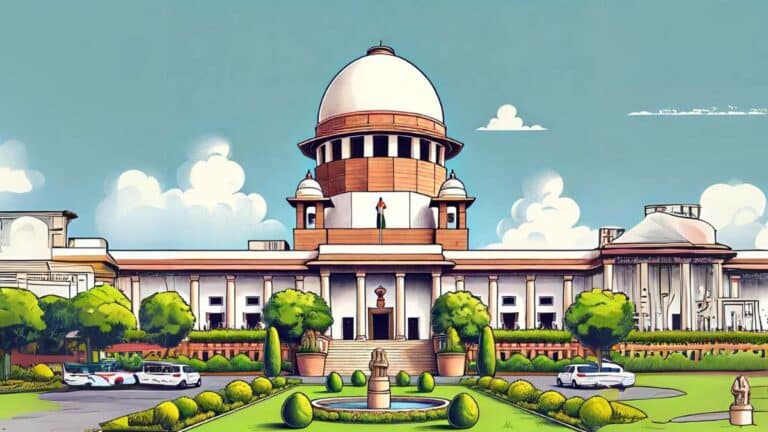Recently, the Supreme Court pressed the Rajasthan Government with a blunt inquiry: Why are CCTV cameras missing in police stations across the state? The court emphasized that the absence of video surveillance undermines accountability—particularly in spaces where citizens may be at their most vulnerable. (NDTV)
The bench comprising Justice Vikram Nath and Justice Sandeep Mehta noted that police stations are not “sacred sanctuaries” beyond scrutiny. Instead, they are critical nodes of state power where oversight must be strongest. The justices urged a plan for “widespread, timely installation” of surveillance systems in every station, and demanded status reports from senior officials. (NDTV)
Supporters of the directive argue that CCTV presence deters abuse, strengthens public trust, and aids in investigations and evidence preservation. Skeptics caution about misuse, costs, technical reliability, and privacy. The debate now is whether rhetoric becomes reform—or more deferred promises.
FCRF Launches CCLP Program to Train India’s Next Generation of Cyber Law Practitioners
The Stakes: Accountability, Safety, and Trust
In the Indian policing context, allegations of custodial torture, coercive interrogation, or even disappearance have long been flashpoints. Without independent recording, these claims often remain contestable or dismissed. Advocates see CCTV as a neutral witness.
From a law-enforcement standpoint, officials sometimes resist broad camera deployments, citing resource constraints or logistical challenges—especially in remote areas. There is also wariness that constant recording transforms the nature of policing, making officers feel continually monitored and hampered.
Yet, in modern accountability regimes, video evidence plays a crucial role in investigations, judicial oversight, and public perception. The absence of such infrastructure, especially in sites of intense state authority, deepens questions about whose rights are protected and who bears the burden of proof.
Legal Pressure and Policy Gaps
India does not yet mandate uniform video surveillance in police stations nationwide. Some states and union territories have begun pilot programs, often in high-profile districts or urban centers, but full adoption remains patchy.
Rajasthan’s High Court directive comes in the context of broader legal activism around policing reforms, custodial deaths, and human-rights litigation. Courts have increasingly leaned toward what can be called “tech-driven checks”—e.g., ordering body cameras, mandatory recordings, and digital logs in procedural flows.
However, the challenge runs deeper than hardware. Surveillance policies require statutory backing: rules for data retention, access control, audit trails, privacy safeguards, encryption, and deletion. Absent clear safeguards, cameras might become tools of control rather than protection.
From Mandate to Implementation: Barriers and Futures
Even where the political will exists, rolling out CCTV infrastructure across hundreds of police stations is a heavy lift. Financing, procurement, network bandwidth, maintenance, and training are all nontrivial. In rural or conflict-prone zones, power instability or connectivity gaps may further complicate deployment.
Equally important is cultural change. Officers must understand that surveillance is not an intrusion but a shield—and that misbehavior not “behind closed doors” will be visible. The public, similarly, must know how to access footage, how to lodge grievances, and how to contest misuse.
The High Court’s current push is not an endpoint, but a starting line. Whether the state moves from decals on court orders to live video monitoring in lockups will reveal whether technology is truly being harnessed in the service of accountability—or simply promised as placation.


